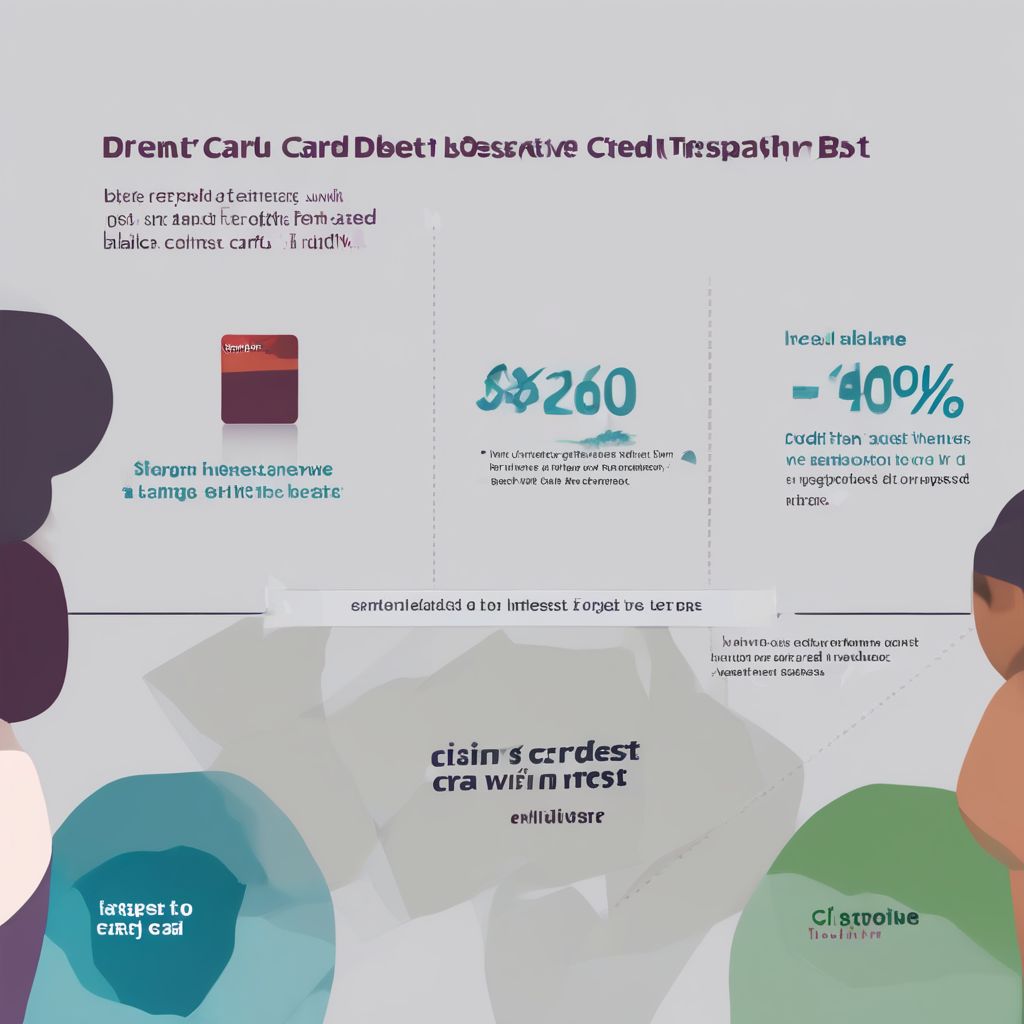Are you tired of high interest rates eating away at your credit card balance each month, making it feel like you’re barely making a dent in your debt? You’re not alone. Many people struggle with high-interest credit card debt, but there’s a powerful tool that can help you regain control of your finances: a low interest credit card balance transfer. This strategy could save you significant money on interest charges and help you pay off your debt faster.
What is a Low Interest Credit Card Balance Transfer?
In simple terms, a balance transfer involves moving your existing credit card debt from one or more cards to another card with a lower interest rate. Think of it as refinancing your home to get a better interest rate on your mortgage—it’s the same concept.
Why Are Low Interest Balance Transfers Important?
Here’s why a low interest balance transfer can be a game-changer for your finances:
- Significant Interest Savings: The lower interest rate means you’ll pay less in interest charges over time. This frees up more of your monthly payment to go towards the principal balance, accelerating your debt payoff.
- Debt Consolidation: Juggling multiple credit cards with different due dates and interest rates can be overwhelming. By consolidating your debt onto one card, you simplify your finances and may even reduce your monthly payments.
- Improved Credit Score: As you diligently pay down your balance, you improve your credit utilization ratio (the amount of credit you use compared to your total credit limit). This, in turn, can positively impact your credit score.
 Balance Transfer Savings
Balance Transfer Savings
Common Questions About Low Interest Balance Transfer Credit Cards
Let’s address some of the most frequently asked questions about low interest balance transfer credit cards:
- What is a good interest rate for a balance transfer? Look for offers with a 0% introductory APR (Annual Percentage Rate) for a set period, usually ranging from 12 to 21 months. After the introductory period ends, a regular APR will apply, so aim to pay off as much of your balance as possible during the 0% period.
- Are there any fees associated with balance transfers? Most cards charge a balance transfer fee, typically ranging from 3% to 5% of the amount transferred. Factor this fee into your calculations to determine if the transfer is worthwhile.
- How do I qualify for a low interest balance transfer card? Lenders consider your credit score, credit history, and debt-to-income ratio when evaluating your application.
Maximize Your Balance Transfer
Successfully navigating the world of balance transfers involves more than just getting the card. Here are additional tips:
- Read the Fine Print: Carefully review the terms and conditions of any balance transfer offer, including the introductory period length, balance transfer fees, and ongoing APR.
- Have a Plan: Create a realistic budget and payment plan to ensure you can pay off your balance before the introductory period ends.
- Avoid New Purchases: Using the new card for purchases can negate the benefits of the low interest rate, especially if the card has a high ongoing APR.
Conclusion
A low interest credit card balance transfer can be a valuable tool for reducing debt and regaining control of your finances. By understanding the key aspects of these cards and making informed decisions, you can leverage this strategy to save money and achieve your financial goals. Remember to compare offers, read the fine print, and create a solid plan to maximize your savings.
Ready to explore your options? Start comparing low interest balance transfer credit cards today and embark on your journey towards financial freedom.